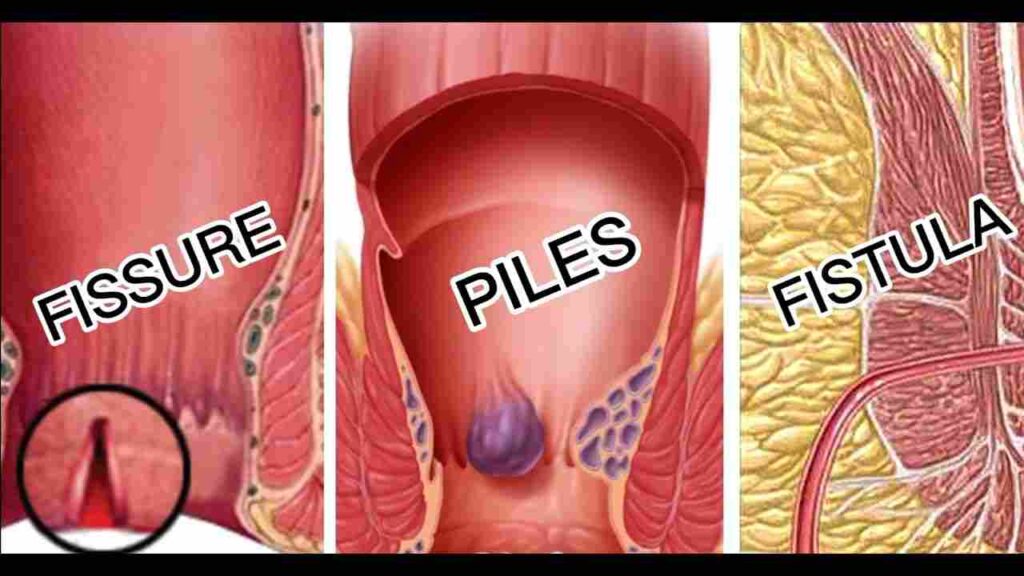
Understand the TEN Difference between Piles and Fissure
Welcome, reader, to the fascinating realm of medical understanding. Today, we embark on an enlightening exploration, unraveling the enigma surrounding the difference between piles and fissure, shedding light on their distinctive nature. Let us delve into this intriguing subject together.
Difference between piles and fissure
The anal region is frequently affected by piles and fissures, both of which can be extremely painful. Despite possible similarities, they are actually very different conditions with their own unique symptoms, underlying causes, and available treatments. Ten distinctions between piles and fissures that you should be aware of are as follows:
Haemorrhoids, or piles, are enlarged veins in the anal region, whereas a fissure is a tiny tear in the skin surrounding the anus.
Location: While fissures are typically found close to the anus, piles can occur inside or outside the anal canal.
Pain: While fissures are typically associated with sharp pain, especially during bowel movements, while piles frequently cause a dull ache or discomfort.
Bleeding: While fissures can result in bright red blood showing up on toilet paper or in the toilet bowl, piles can result in bleeding.
Itching: Fissures frequently do not cause itching around the anal area, whereas piles can.
Causes: Fissures are frequently brought on by a hard stool, diarrhoea, or childbirth, whereas piles can be brought on by long-term constipation, pregnancy, obesity, and a sedentary lifestyle.
Symptoms: While fissures are frequently characterised by a small tear that causes pain, bleeding, and itching, piles can cause swelling, pain, and itching.
Fissures are typically diagnosed through a physical exam and a rectal exam, whereas piles can be identified through a physical exam or by performing a colonoscopy.
Also Read: Understand the Ten Difference between manual accounting and computerized accounting
Treatment options for piles include over-the-counter creams, ointments, and suppositories as well as more invasive techniques like surgery or rubber band ligation. On the other hand, fissure is frequently treated with warm baths, topical creams, and dietary adjustments.
Complications: If a fissure is left untreated, it may result in chronic pain or an infection, while piles may occasionally result in complications like blood clots, infection, or anaemia.
While there may be some similarities between piles and fissures, they are actually very different conditions with their own unique signs, causes, and treatments. If you are exhibiting any symptoms of these conditions, you should consult a doctor to determine the best course of treatment for you.